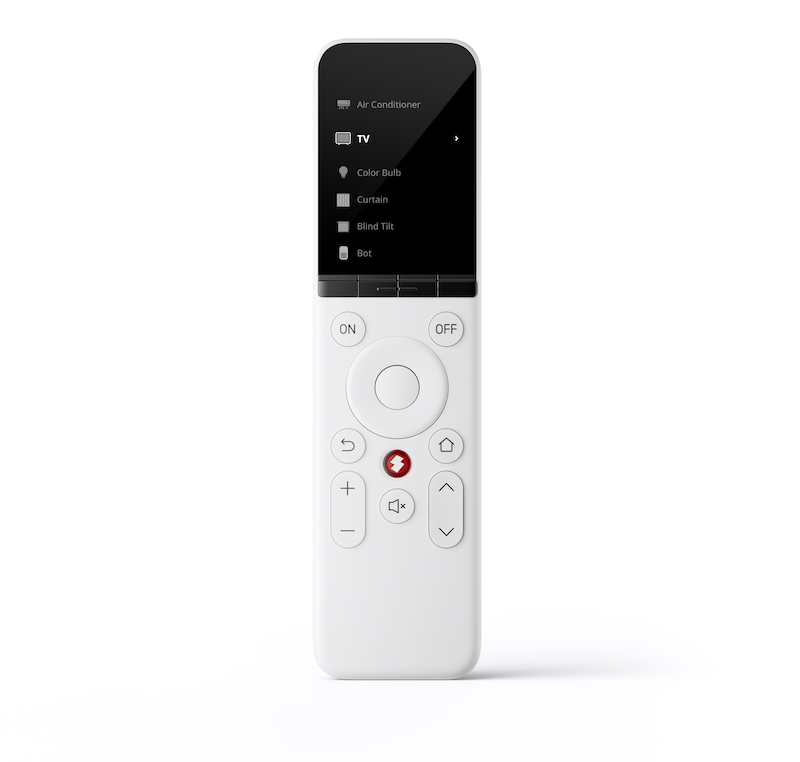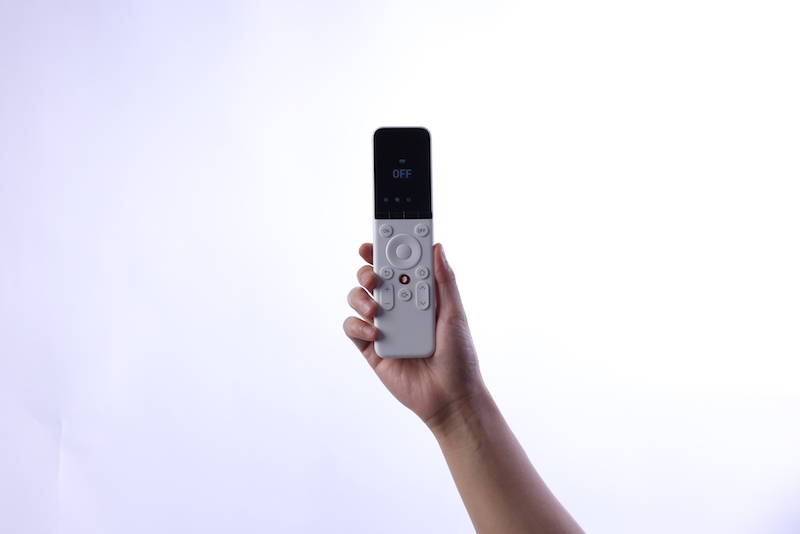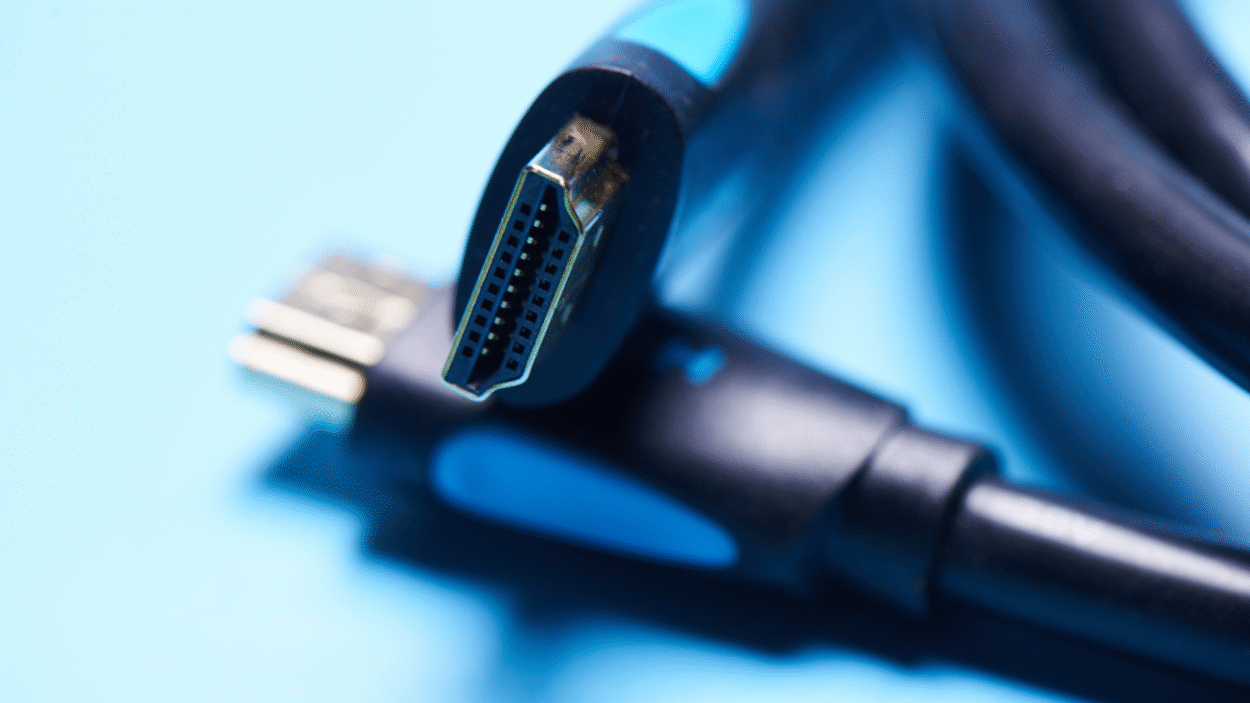SwitchBot has been in business since 2016 with a focus on products that make the existing items in your home smart. I recently wrote a brief article outlining the features of the new SwitchBot UR (Universal Remote). SwitchBot provided me with one of their URs so I could evaluate and test it for this article.
When first announced, the SwitchBot UR looked like just another universal remote control for the TV and audio/video (AV) components in a room with some smart home control features thrown in for good measure. However, it turns out to be more that with SwitchBot positioning the UR as a handheld smart home controller that works with a SwitchBot Hub 2 or Hub Mini. Coupled with a SwitchBot Hub, it is capable of controlling a wide range of smart home devices through infrared (IR) signals, Bluetooth, and the Matter protocol.

The SwitchBot UR could be used as a remote control for a TV, a Blu-ray player, and even a Fire TV or AppleTV media player. However, it does not contain built-in macros, which would make this the best use of the product.
The SwitchBot UR can control numerous brands of air conditioners, lights, fans, and other devices that are controlled through IR. IR commands can be sent directly from the SwitchBot UR or through a SwitchBot Hub. SwitchBot plans to keep the UR working with the latest smart home gear by updating its current library of over 80,000 controllable devices every six months.
The SwitchBot UR can control other SwitchBot products including, but not limited to, the SwitchBot Bot, Plug Mini, Curtain, and Ceiling Light through Bluetooth connectivity with a SwitchBot Hub. The SwitchBot UR can also trigger a scene defined on a SwitchBot hub to control multiple devices with a single button press on the UR.
Finally, the SwitchBot UR can control Matter protocol compatible devices using the SwitchBot Hub 2 or Hub Mini as a gateway with Apple Home as the hosting platform for Matter devices
For further compatibility information, you can visit the SwitchBot Help Center and you can find information on supported IR controlled devices here.
Mechanically, the UR includes a 2.4-inch LCD screen, touch wheel, large buttons, and a compact size that easily fits into your hand. It also incorporates a 2000mAh Lithium-ion battery that allows the remote to operate up to 150 days on a single charge.
Hands on with the SwitchBot Universal Remote
Setup and configuration of the SwitchBot Universal Remote is very easy. The instructions included with the UR are very simple; just use the SwitchBot app to setup and configure the UR.
Using the app you simply:
- Press the “+” button in the app to add a new SwitchBot accessory to your SwitchBot hub
- Select the UR from the list of SwitchBot products
- Follow the on-screen instructions to turn on the UR and perform Bluetooth pairing
- Update the UR’s firmware
- Name the UR and assign it to a room in your home
- Add the devices you want to control to the UR
Navigation
When you add a device to the SwitchBot UR it is included in the list of devices displayed on the UR’s screen. You then use the up/down portions of the UR’s touch wheel to move between devices in the list. Then pressing the select button allows you to control the highlighted device with the buttons on the remote.
Device Control
As can be seen in the above image, the SwitchBot UR only has a limited number of buttons. However, the ones that SwitchBot chose to include are the most commonly used and unique features for a given device are assigned to the four, slim, black buttons below the screen. Labels displayed on the screen above the buttons define their purpose for the user.
Matter Compatibility
In addition to supporting control of devices through IR and Bluetooth, when used with a Matter-compatible SwitchBot hub, the UR can control Matter compatible smart home devices in a home.
SwitchBot has taken a unique approach to implementing this. First, the SwitchBot UR needs to be added to the list of devices that are exposed to Matter as sub-devices to the SwitchBot hub. Then, in my case, with the hub linked to Apple Home, the SwitchBot UR showed up in the Apple Home app as a four-button device. Actions, or the triggering of scenes, can be assigned to each button and these can then be triggered from the SwitchBot UR.
Limitations
The SwitchBot UR works well as a smart home controller. However, there are some areas where the product could be improved. For example, with the Matter smart home protocol becoming more and more popular, SwitchBot needs to expand the support for control of Matter-compatible devices. Currently you can only trigger four actions or scenes. This is simply much too limiting.
Also, with smart thermostats being one of the most commonly purchased smart home accessories, the SwitchBot UR needs to include support for controlling thermostats, including the adjustment of the set point, changing the thermostat operating mode, etc.
While a typical universal remote control is limited to controlling the devices in a single room, the SwitchBot UR can control smart home devices through a home. To make this simpler for a user, the SwitchBot UR’s user interface needs to support the ability to reorganize the list of devices so the most commonly used ones can be placed at the top of the list and for devices to be organized by rooms.
Finally, SwitchBot needs to offer an inexpensive IR expander that would link with a SwitchBot hub and transmit IR commands in the room where the expander is located. This would truly allow the SwitchBot UR to perform as a whole house smart home controller for the wide range of IR controlled devices that exist today.
Final Thoughts
Even though the SwitchBot UR looks like a remote control that you would use to control your TV and AV equipment, SwitchBot has recognized that it is much better suited as a smart home controller. No longer do you have to yell commands across the room to a voice assistant to turn on lights, close shades, and perform other smart home actions. The SwitchBot UR can perform those actions in a convenient handheld package.
There are currently some limitations to the UR, which can be expected from a first-generation device of this type. Fortunately, these are software based and can be addressed in future software updates.








